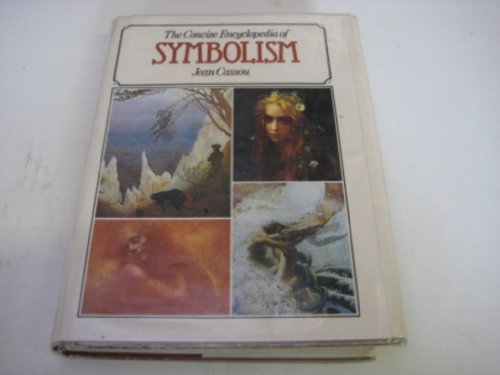French art in the 1800s
The sometimes dramatic experiments, philosophies, styles, and movements in 19th century France left indelible marks on European art thereafter.
This guide lists important resources for students researching this fertile period in European art.
Background & Context
-
 Art Nouveau
by
Call Number: Art Library, N6465.A7 E737 2000ISBN: 0714838225The first book to examine Art Nouveau worldwide in the context of the turn of the nineteenth century, from fin-de-siècle anxieties about the pressures of modern life to nationalism, spiritualism, the emancipation of women and the heroic cult of youth. Known by a variety of names - Jugendstil in Germany, Secession style in Austria, the Modernista movement in Catalonia - Art Nouveau brought a new decorative language to furniture, jewelry and graphic arts, as well as architecture, sculpture and painting.
Art Nouveau
by
Call Number: Art Library, N6465.A7 E737 2000ISBN: 0714838225The first book to examine Art Nouveau worldwide in the context of the turn of the nineteenth century, from fin-de-siècle anxieties about the pressures of modern life to nationalism, spiritualism, the emancipation of women and the heroic cult of youth. Known by a variety of names - Jugendstil in Germany, Secession style in Austria, the Modernista movement in Catalonia - Art Nouveau brought a new decorative language to furniture, jewelry and graphic arts, as well as architecture, sculpture and painting. -
Impressionism by
Call Number: Art Library, ND192.I4 R83 1999ISBN: 0714838268Contemporaries of the Impressionists were shocked by their loose handling of paint and practice of painting out-of-doors. Defying the conservative official Salon, the Impressionists sought to capture the immediacy of experience. This comprehensive study explores Impressionism's philosophical, political and social context. -
Neoclassicism by
Call Number: Art Library, N6425.N4 I7 1997ISBN: 071483369XNeoclassicism was the favourite style of both Napoleon and Thomas Jefferson, and made Josiah Wedgwood's fortune. The most pervasive style in the history of European art, it was deployed in the design of houses, churches, museums, banks, shops and items of daily use ranging from teapots to textiles. -
Romanticism by
Call Number: Art Library, N6465.R6 B769 2001ISBN: 0714834432In the period c.1775-1830 - against the background of the French Revolution and the Napoleonic Wars - European artists, poets and composers initiated their own rebellion against the dominant political, religious and social ethos of the day. Their quest was for personal expression and individual liberation and, in the process, the Romantics transformed the idea of art, seeing it as an instrument of social and psychological change. Here Romanticism is compared to the concurrent movements of Neoclassicism and the Gothic Revival and how it interacted with the political and social developments of the era. The landscapes and history paintings of artists as diverse as Goya, Delacroix, Friedrich and Turner are compared as are those not usually considered Romantics such as David and Ingres. In the end this movement that gave rise to some of Europe's more important art, music and literature is explored in its full complexity.
Encyclopedias
-
 The Concise Encyclopedia of Symbolism
by
Call Number: Art Library Refernce, NX600.S95 C3713 1979ISBN: 0890097062Translation of: Encyclopédie du symbolisme
The Concise Encyclopedia of Symbolism
by
Call Number: Art Library Refernce, NX600.S95 C3713 1979ISBN: 0890097062Translation of: Encyclopédie du symbolisme -
 Encyclopedia of Impressionism
by
Call Number: Art Library, ND547.5.I4 H7 1997ISBN: 1571450335
Encyclopedia of Impressionism
by
Call Number: Art Library, ND547.5.I4 H7 1997ISBN: 1571450335 -
Historical Dictionary of Neoclassical Art and Architecture by
Call Number: Art Library, N6425.N4 P35 2011ISBN: 9780810861954Available in print and online.
An overview of Neoclassicism, focusing on its major artists, architects, stylistic subcategories, ideas, and historical framework. Neoclassicism was the revival of classical art and architecture beginning in Europe in the 1750s and lasting until around 1830, with late Neoclassicism lingering through the 1870s. Neoclassicism was born in Italy and France and then spread across Europe to Russia and across the ocean to the United States. -
Romantic Art and Architecture by
Call Number: Art Library, N6465.R6 P35 2011ISBN: 9780810872226Available in print and online.
An overview of Romanticism, focusing on its major artists, architects, stylistic subcategories, ideas, and the historical framework of this late 18th century style. Romanticism was largely an intellectual movement that grew out of the lingering effects of the revolt against aristocratic rule that begin with the French Revolution encompassing the arts and literature.